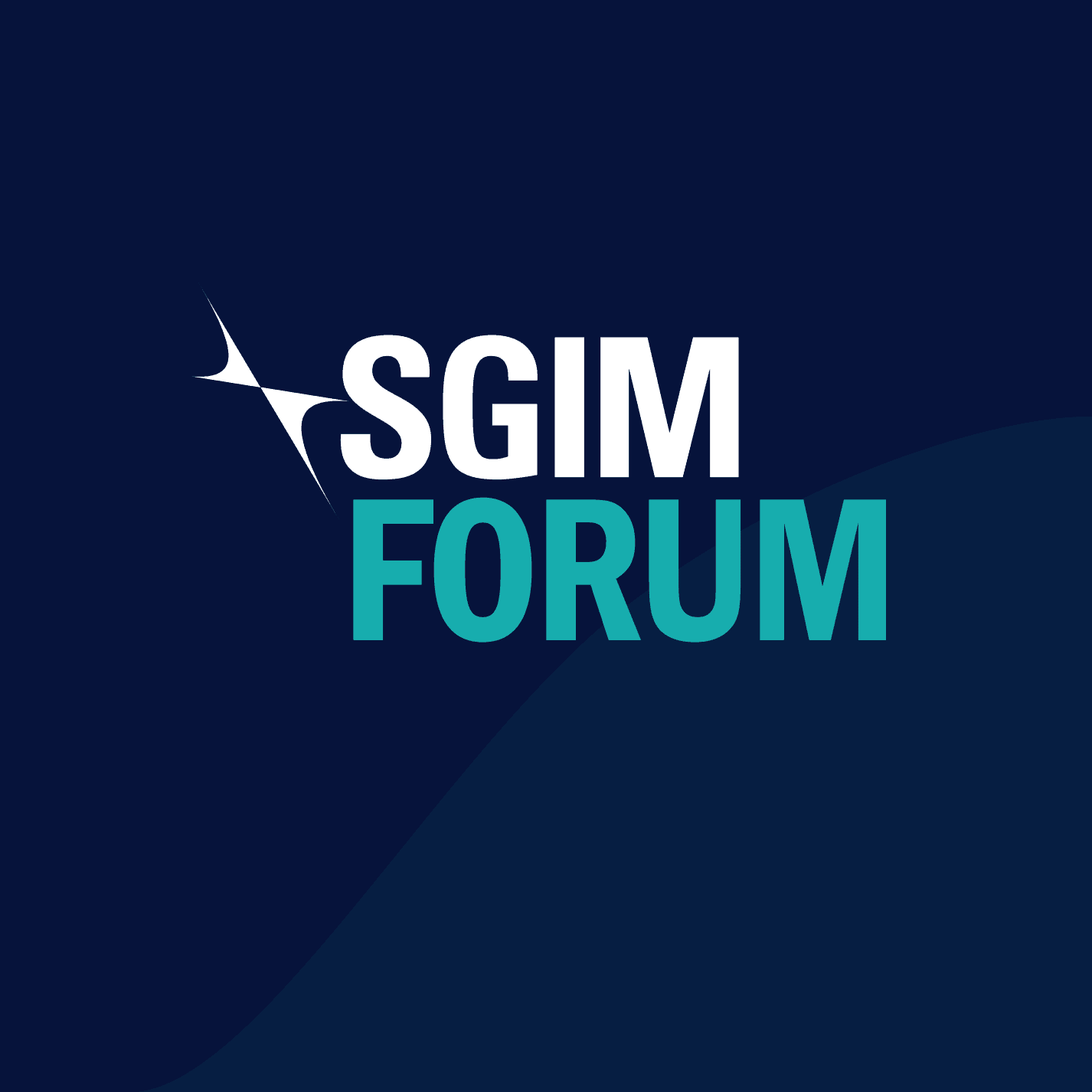The culture of medicine can be transmitted implicitly through examples, stories, and defined hierarchies. This hidden curriculum, a set of lessons learned but not explicitly intended, can positively or negatively affect learners’ attitudes, behaviors, and professional formation. In 2018, an American College of Physicians position paper suggests that educators can mitigate the untoward effects of the hidden curriculum by empowering learners in environments that support inquiry and leadership advancement.1 These efforts are critical because without them, the hidden curriculum may actively impede growth.
The dynamic is perhaps no more apparent than among learners of Asian descent. Approximately 20% of the physician workforce, active residents, and matriculated medical students nationwide are Asian. Yet, far lower proportions—12.5% of males and 6.1% of females—were tenured faculty at U.S. medical schools in 2021.2 Similar trends exist within the specialty of Internal Medicine. Though there are multiple reasons for these findings, one may be that the hidden curriculum conveys messages to Asian learners that impede their professional advancement.
Asians are often mythicized as the monolithic “model minority.” The traits associated with this stereotype—such as likability, industriousness, respectfulness—though positive in their own rights can become barriers to professional advancement if educators reinforce them through the hidden curriculum. For instance, learners who receive praise for displaying these traits may receive the hidden, implicit message that these should always be prioritized. Furthermore, the pressure to maintain these qualities may prevent learners from asking for help when they experience anxiety, depression, or isolation.3 Educators may not perceive outward signs of distress that would otherwise prompt attention. Asian women face additional gender-related barriers and challenges. Compared with White female physicians, Asian female physicians were 2.5 times more likely to report being subjected to racially or ethnically offensive remarks by a coworker.4
These issues can be compounded by the fact that many other traits associated with being a “model minority”—deference to authority, humility, internalization of personal feelings, placing group needs over individual ones—are inextricably linked with some Asian cultural norms. They run counter to classical leadership traits such as confidence, decisiveness, and charisma. The ultimate effect of educators’ expectations and implicit biases may be a failure to foster qualities and social connections that are less inherently culturally aligned but significantly needed for professional advancement.
Fortunately, shining a light on how the hidden curriculum can impede professional advancement also illuminates new opportunities to counteract it. There are likely parallels between issues faced by Asian learners and those of other racial, ethnic, or other backgrounds. One is that given the tremendous power that educators wield through the hidden curriculum, they play a key role in supporting learners’ development, beginning with the understanding of cultural beliefs, stereotypes, and communication styles to redesign implicit messages and break down barriers.
Beyond effective mentorship, learners would benefit from a curriculum that provides culturally sensitive approaches to learning and honing leadership skills. Using a structured approach, such as REVIEW (Reflecting & Evaluating Values Implicit in Education in the Workplace),5 hidden curricula may be addressed through exposure to dilemmas, discussion of choices and compromises underlying a professional microculture (professional values prioritized and interpreted in a specific way), and by the intentional facilitation of groups (e.g., clinical teams, units, departments) to align aspects of their professional microculture with the more formal curriculum.
Utilization of a curriculum that provides culturally sensitive approaches to learning and honing leadership skills, such as REVIEW as well as a non-judgmental approach, can lead to positive professional identity formation and the perpetuation of beneficial systems of thought. Leaders wield tremendous power to influence the culture of medicine; recognizing the importance of this issue is a necessary first step. Unsurprisingly, the challenges and solutions extend beyond the walls of medicine as seen by the phenomenon of under-representation of Asians in leadership and management positions or the so-called bamboo ceiling. A close examination of the experiences of Asian learners and hidden curricula in other fields may provide additional insights.
Mitigation of the potential negative effects of the hidden curriculum in the medical community can foster leadership opportunities for our medical student learners and physician trainees. For those in positions of authority—attending physicians, mentors, physician leaders—there are some important approaches that can be taken by all:
- Understanding the cultural contexts of Asian learners;
- Actively counteracting biases (implicit and explicit) that perpetuate the “model minority myth”; and
- Fostering behaviors and attitudes that enable the professional success of physician trainees.
Engagement by faculty and educators is crucial to overcoming challenges for trainees imposed by the hidden curriculum. Empowering learners will help unlock the true potential of future members of the physician workforce.
References
- Lehmann LS, Sulmasy LS, Desai S. Hidden curricula, ethics, and professionalism: Optimizing clinical learning environments in becoming and being a physician: A Position Paper of the American College of Physicians. Ann Intern Med. 2018 Apr 3;168(7):506–8.
- AAMC. 2021 U.S. Medical School Faculty. https://www.aamc.org/data-reports/faculty-institutions/interactive-data/data-reports/faculty-institutions/interactive-data/2021-us-medical-school-faculty. Published December 31, 2021. Accessed April 15, 2022.
- Chin D, Kameoka VA. Mentoring Asian American scholars: Stereotypes and cultural values. Am J Orthopsychiatry. 2019;89(3):337–42.
- Dill M, Hu X, Conrad S. Asian physicians’ reports of bias, harm & discrimination. https://www.aamc.org/media/52346/download. Published April 2021. Accessed April 15, 2022.
- Mulder H, Ter Braak E, Chen HC, et al. Addressing the hidden curriculum in the clinical workplace: A practical tool for trainees and faculty. Med Teach. 2019 Jan;41(1):36–43.
Issue
Topic
Leadership, Administration, & Career Planning, Medical Education, Sex and Gender-Informed Medicine, SGIM, Social Determinants of Health, Social Justice, Women's Health
Author Descriptions
Dr. Chen (sxchen@iu.edu) is a fourth-year medical student at Indiana University. All authors are members of the American College of Physicians Pan-Asian Affinity Group (APAAG); more information is available at https://www.acponline.org/about-acp/who-we-are/get-engaged/acp-affinity-groups/the-acp-pan-asian-affinity-group-apaag.
Share
Related Articles
Teaching Learners to Address Misinformation: Getting Back to the Basics
You are supervising resident continuity clinic when Dr. Gabriel, PGY-2, presents a…


